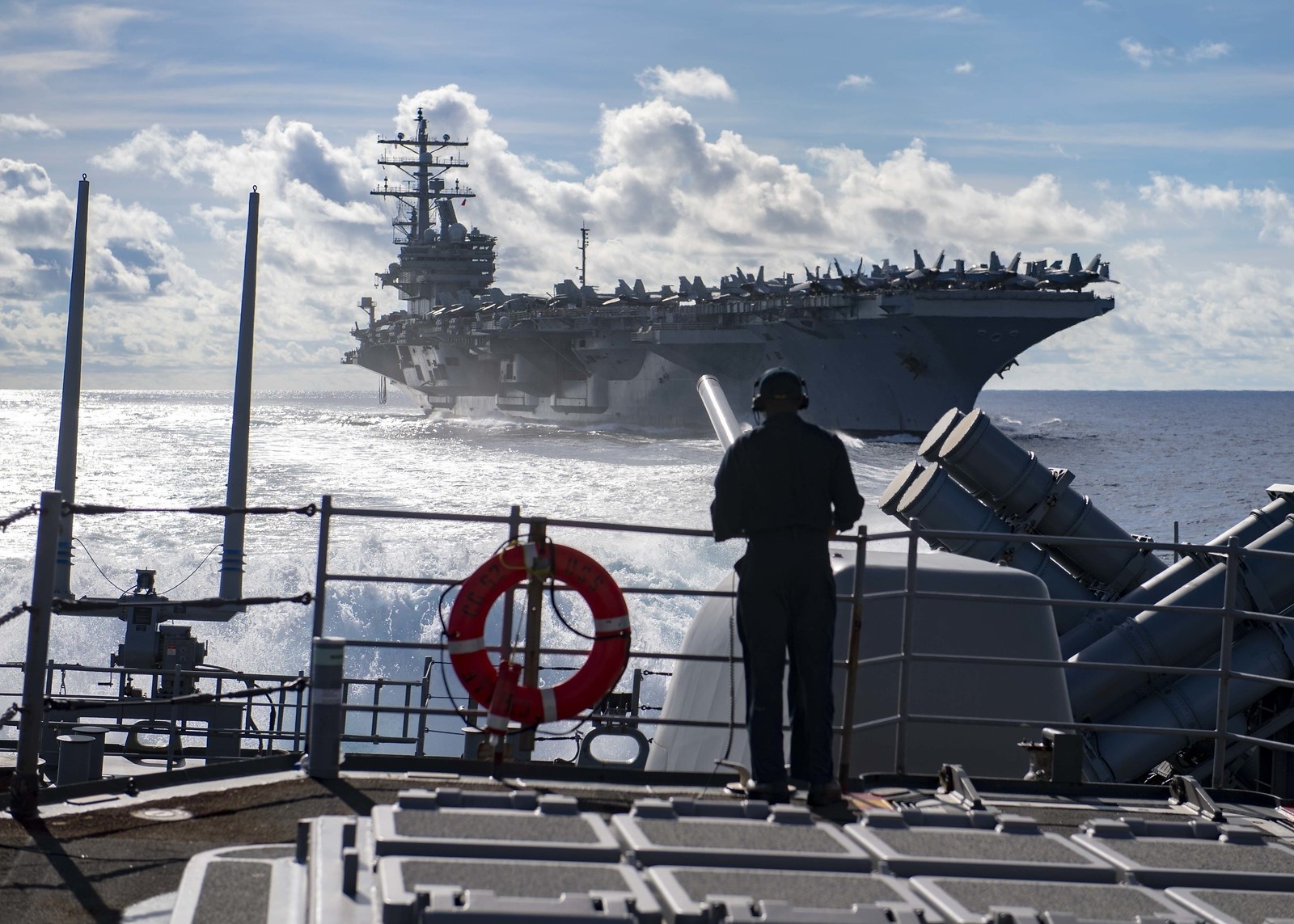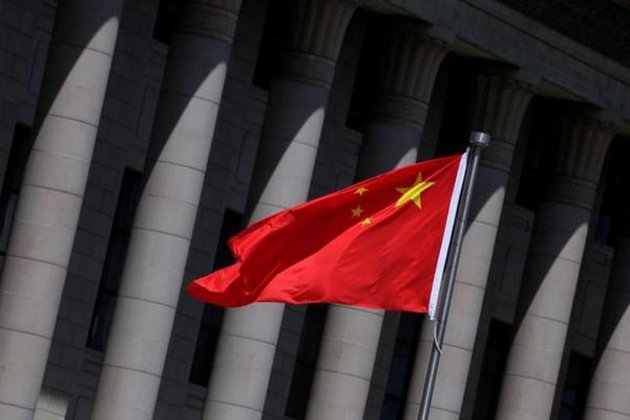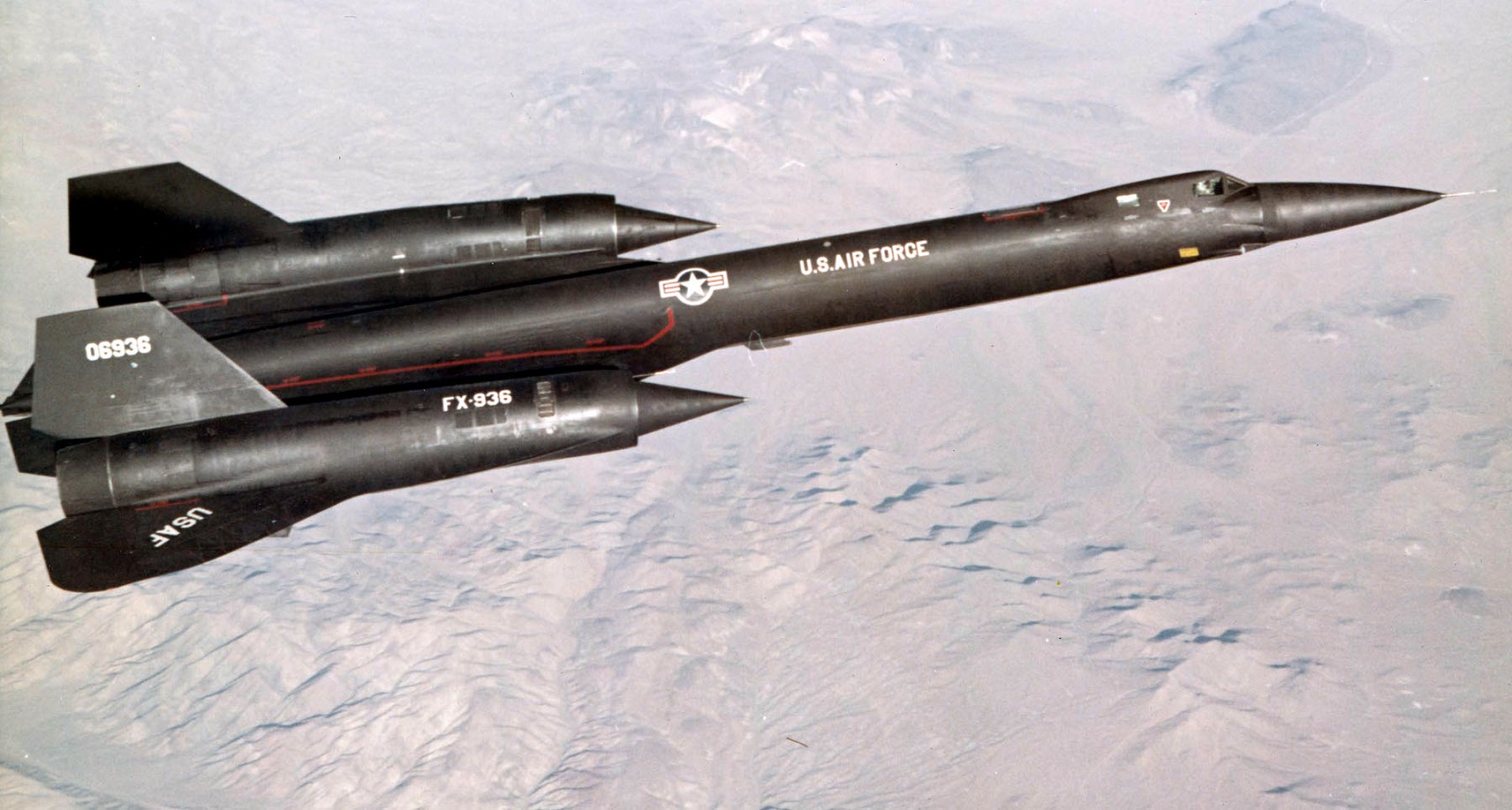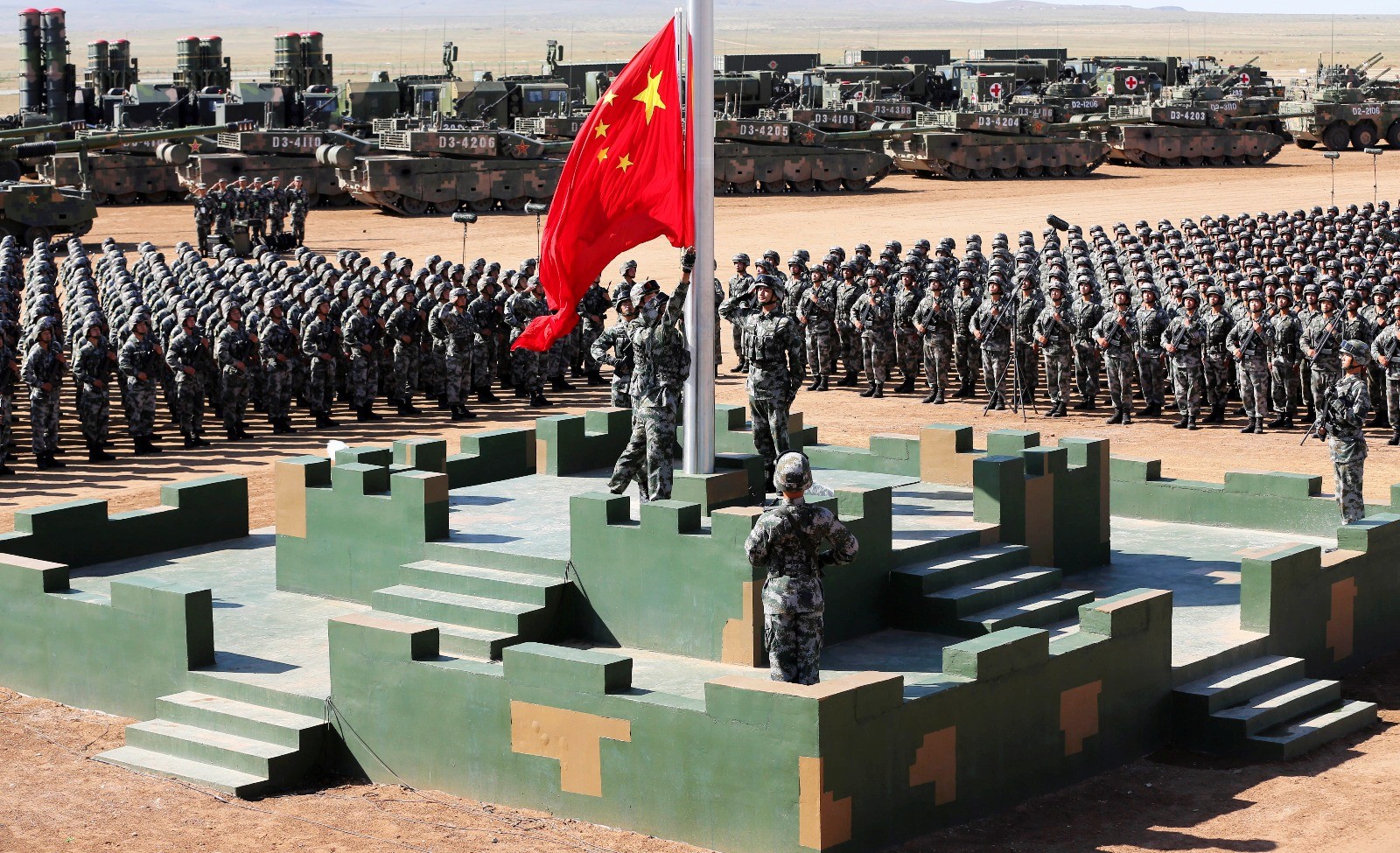Opinion
China Likely Tested Missiles That Can Kill Aircraft Carriers in the South China Sea

Earlier this week China’s People’s Liberation Army (PLA) Rocket Force most likely tested a DF-21D or DF-26 anti-ship ballistic missile—sometimes know as “carrier-killers”—in the South China Sea. Details remain sketchy, as Chinese spokesmen have remained close-mouthed about the exercise. The test came on the heels of news last May that PLA weaponeers had installed anti-ship cruise missiles and surface-to-air missiles on Fiery Cross Reef, Subi Reef, and Mischief Reef, west of the Philippine Islands. Pentagon spokesman Lt. Col. Dave Eastburn told CNBC that this week’s missile test contradicted China’s “claim to want to bring peace to the region and obviously actions like this are coercive acts meant to intimidate other South China Sea claimants.”
Col. Eastburn has it half right. Beijing clearly wants to coerce others. But the test was entirely consistent with its claim to want to bring peace to the region. It does want peace; it simply wants to transform the nature of that peace, and force is a means to that end. If Chinese Communist Party prelates in Beijing get their way, they—not foreign governments or international institutions—will make the rules in the South China Sea. They will issue laws or policy decrees mandating or proscribing certain actions in regional seaways, and others will obey. Peace will prevail.
QED.
The missile tests are the latest installment in China’s effort to put steel behind its claims to “indisputable sovereignty” over the waters, skies, and land features within the “nine-dashed line” it has sketched on the map of Southeast Asia. The nine-dashed line encloses some 80-90 percent of the South China Sea, including not just contested Spratly and Paracel islands, atolls, and reefs but also wide swathes of fellow Southeast Asian claimants’ “exclusive economic zones.” It’s worth noting, for instance, that Mischief Reef, one of the island bastions now festooned with missiles, lies deep within the Philippine exclusive economic zone. Beijing purloined it from Manila in the mid-1990s and progressively built the reef into the military fastness it is today.
China’s effort aims at imposing what the German sociologist Max Weber called a “monopoly of the legitimate use of physical force within a given territory.” This is the classic definition of sovereignty. A sovereign commands such a monopoly within borders drawn on the map. The government can enforce its will within national frontiers because it fields law-enforcement and military services that no one can oppose with realistic chances of success. What the sovereign says goes. Now Beijing is harnessing high-tech sensor and weapons technology in a bid to project the monopoly on force it wields on dry land far out to sea. If it can amass insuperable physical might at any place within the nine-dashed line, outclassed Southeast Asian rivals will have to stand down. They may never consent to China’s doctrine of indisputable sovereignty, but there may be little they can do about it. Might makes right.
Which is the point for Xi Jinping and his fellow denizens of the wretched hive of scum and villainy.
In a perverse way, though, China’s drive for sovereign rule is true to international custom. For centuries international law regarded the “territorial sea” as a seaward extension of the dry earth where a coastal state’s government was fully sovereign. The territorial sea’s width was three nautical miles. Why that seemingly arbitrary figure? Because three nautical miles was roughly the range of a cannon shot from the dawn of the gunpowder age until the twentieth century. Practically speaking, a government could exert physical control of waters within reach of gunfire belching out from coastal batteries. It could shoo away pirates, poachers, or hostile navies. It could exercise a monopoly on armed force within those waters—regulating what went on there just as if managing events on shore.
But the twentieth century brought advances in weapons technology that produced a leap in combat reach and precision. The DF-21D, according to most analysis, has a range of 1,500 km. The DF-26 has a range estimated at 3,000-4,000 km. If the territorial sea is that expanse where the coastal state boasts a monopoly of force, and if gee-whiz technology empowers a coastal-state military to exert that monopoly far offshore—far beyond the customary three nautical miles, or the twelve nautical miles codified in the law of the sea—then why shouldn’t such a state assert sovereignty within its weapons reach?
In short, Beijing is attempting to take the logic underlying the territorial sea to its nth degree. It has also reverted to the older view of the sea as physical space that the strong can own. What’s the solution for Southeast Asians, and for lovers of maritime freedom? Simple: if China is trying to build up a monopoly on force, deny it that monopoly. Simple to say, as Clausewitz might remind us, but in martial affairs the simplest thing is difficult. A solution would combine alliance building with military innovation. China may outmatch any single antagonist within the nine-dashed line, including that fraction of the U.S. Navy likely to appear in regional waters, but it might not outmatch them all if they made common cause.
Southeast Asians are reticent about bucking Beijing’s will. They know they will have to live with Big Brother forever, and they dread his wrath. That might change if powerful outsiders—the United States, Japan, Australia, Europeans—show themselves committed to preserving small states’ rights and privileges as well as freedom of the sea. Collectively they can push back even if no individual contender can.
And then there’s the problem of countering the Chinese missile threat. If regional and extraregional militaries fashion tactics and technologies that let them survive and operate within reach of Chinese missiles, then they will have blunted Beijing’s campaign to make itself sovereign within the nine-dashed line. If those who reject China’s purposes and methods stand together and learn to fight together in unison, they may yet prevail.
Let’s bust Beijing’s monopoly.
James Holmes is J. C. Wylie Chair of Maritime Strategy at the Naval War College and coauthor of Red Star over the Pacific. The views voiced here are his alone.
Opinion
Military rituals and military culture in China

Military culture influences military thinking and military strategy. Today, the armed forces of the major powers have the goal of defending their national interests and contributing to world peace.
(more…)Opinion
Forget the SR-71 Spy Plane: Meet the CIA’s A-12 (Was It Even Better?)

Key point: Both spy planes played key roles in the Cold War.
Analysis of Week’s photos located the USS Pueblo near Wonsan anchored next to two patrol boats—and also revealed that Pyongyang had not mobilized its troops for war. This led Johnson to rule out plans for a preemptive or punitive strike in favor of diplomatic measures which eventually saw the ship’s abused crew released nearly a year later.
On October 30, 1967, a CIA spy-plane soared eighty-four thousand feet over Hanoi in northern Vietnam, traveling faster than a rifle bullet at over three times the speed of sound. A high-resolution camera in the angular black jet’s belly recorded over a mile of film footage of the terrain below—including the over 190 Soviet-built S-75 surface-to-air missiles sites.
The aircraft was an A-12 “Oxcart,” a smaller, faster single-seat precursor variant of the Air Force’s legendary SR-71 Blackbird spy plane.
The jet’s driver, Dennis Sullivan had earlier flown one hundred combat missions in an F-80 Starfighter over Korea for the U.S. Air Force. But Sullivan was technically no longer a military pilot—he had been “sheep-dipped,” temporarily decommissioned to fly the hi-tech jet on behalf of the CIA. He now sat in the cramped cockpit in a refrigerated space suit, as the friction generated by his plane’s Mach 3 speeds heated the cockpit to over five hundred degrees Fahrenheit.
Sullivan noted warnings light up on his instrument panel as Vietnamese Fan Song radars locked onto him. But they did not launch missiles. In twelve-and-a-half minutes he completed his run and looped around over Thailand, where he received aerial refueling. Then he embarked on a second pass.
But the North Vietnamese were waiting for him. A missile launch notification warned him that a 10.5-meter-long missile was heading towards him.
Decades later, Sullivan described in a speech seeing one of the missiles streak just past him, two-hundred meters away.
“Here comes a big’ol telephone sailing right by the cockpit—going straight up. That’s interesting . . . So I continued down the route, and didn’t see anything—until I got down the road, and then I could see behind me in the rear-view periscope at least four missile contrails, all spread out. Those four contrails went up about 90-95,000 feet and all turned over, bunched up in a line, headed for my tail end.”
The A-12 officially had a maximum speed of Mach 3.2—but the missiles that were following Sullivan could attain Mach 3.5.
“I said, ‘Holy smokes—those things fly pretty good up there for something which doesn’t have much in the way of wings.’ So I watched them come.… They’d get up right behind me, very close, and all of the sudden there’d be a big red fireball—a big white cloud of smoke—and you’d immediately pull away from it. You were going thirty miles a minute. [Note: actually, 41 miles per minute!] Every one of those SAMs guided absolutely perfectly and did the same darn thing.”
The missile’s 440-pound proximity-fused warhead was designed to swat planes out of the sky within 65 meters of the point of detonation. However, in the thinner air of the upper atmosphere, its fragments could travel up to four times as far.
Sullivan escaped and landed his A-12 in Kadena Air Base, where it spent several minutes cooling on the tarmac before mechanics could even touch its friction-heated skin. The stress of the heat and high speeds exacted a steep physical toll on the jet’s pilots, who lost an average of five pounds of body weight on the completion of their three to four- hour missions.
He was sitting for debriefing when mechanics burst in the room to show him two metal fragments from a missile’s nose cone they had found buried under his low left wing—just shy of his jet’s fuel tank.
Later when, Sullivan’s camera footage was found to have captured the ghostly white contrails of six surface-to-air missiles surging towards him from the ground.
Operation Black Shield
The CIA’s twelve ultra-fast A-12 jets were doomed to a brief operational career after the first flight in 1962. Following on the heels of several U-2 spy plane shootdowns, Washington was no longer willing to authorize overflights of Soviet territory which the A-12 had been designed to perform. Meanwhile, the Air Force ordered a larger SR-71 variant of the A-12 that was deemed superior in a “fly off” in November 1967. Unwilling to fund both highly similar aircraft, the CIA’s A-12 fleet was promptly scheduled for retirement.
However for ten months, the A-12 briefly filled a vital niche providing rapid high-value photo intelligence over Asia, where the political and military risks were deemed acceptable. Between May 31, 1967, and March 8, 1968, CIA drivers flew A-12 on twenty-nine spy missions over Cambodia, North Korea and Vietnam in an operation codenamed Black Shield. The jets flew out of Kadena Airbase in Okinawa, Japan, supported by over 250 support personnel.
Initially, President Lyndon B. Johnson was concerned by reports that North Vietnam had obtained Surface-to-Surface (SSM) missiles for attacks on South Vietnam. On May 31, 1967, CIA driver Mele Vojvodich took of in a rainstorm and recorded a mile-long reel of camera footage covering most of Northern Vietnam. The reel was then air-transported for development by Kodak in Rochester, NY. The verdict, confirmed by subsequent overflights, was that Hanoi had no SSMs after all.
A-12 intelligence often directly influenced LBJ’s decisions to commit to air raids during the Vietnam War. However, the Oxcart’s stealth features never proved adequate to avoid detection by Soviet-built radars.
On October 28, 1967, an S-75 launched a missile at an A-12 flown by Miller, but did not come particularly close. However, after Miller’s close call two days later on October 30, the Black Shield flights were temporarily suspended. A later January 4 mission on the same route over Hanoi also elicited a missile launch, to no effect.
Meanwhile, on January 23, 1968, North Korean patrol boats seized the USS Pueblo, an American spy ship operating in international waters, taking her crew into captivity. Worrying the incident, combined with a failed commando raid on the South Korean presidential palace, might herald a second Korean War, Johnson was persuaded to dispatch an A-12 flown by Jack Weeks over North Korea on January 26.
Analysis of Week’s photos located the USS Pueblo near Wonsan anchored next to two patrol boats—and also revealed that Pyongyang had not mobilized its troops for war. This led Johnson to rule out plans for a preemptive or punitive strike in favor of diplomatic measures which eventually saw the ship’s abused crew released nearly a year later.
A-12s flew two additional missions over North Korea to keep tabs on the ship, which was eventually moved to Pyongyang. Tragically, Weeks died a half-year later on June 5 when a malfunction in his A-12’s starboard turbojet engine caused its to overheat, breaking his plane apart over the South China Sea. Sixteen days later, a CIA A-12 made its last flight before the type was retired from service.
Sullivan’s close brush over Vietnam suggests its fortunate no A-12 overflights were authorized over the Soviet Union, where they would have been exposed to even greater peril, from high-speed interceptors and more advanced SAMs like the S-200 (SA-5). Today, such high-risk photo intelligence is largely acquired by satellite, or by expendable drones.
Sébastien Roblin holds a master’s degree in conflict resolution from Georgetown University and served as a university instructor for the Peace Corps in China. He has also worked in education, editing, and refugee resettlement in France and the United States. He currently writes on security and military history for War Is Boring. (This first appeared in June 2019.)
Image: DVIDShub.
Opinion
SUN: China’s Military Deserves America’s Respect, But Not Its Fear

Key point: China’s military is advancing rapidly, but it is still plagued by corruption and discipline problems.
China’s new defense white paper has been eagerly awaited by Western analysts searching for clues to Beijing’s national security strategy.
The 2019 white paper (the last one was in 2015) lays out general principles of China’s defense policy. It avows the new face of the People’s Liberation Army (PLA). Cyberwarfare, more flexible command and control, long-range naval operations. Change the names and numbers, and you could be forgiven for thinking this was a planning document from the U.S. military or an American thinktank.
But before we fear the onslaught of the Dragon, take a look at the problems that the white paper says China’s military must solve.
The most glaring is corruption, which has led to numerous senior officers being punished for crimes such as selling promotions. “China’s armed forces are tightening political discipline and rules, investigating and dealing strictly with grave violations of CPC discipline and state laws,” the white paper says. “China’s armed forces punish corruption in strict accordance with CPC [Communist Party] discipline and relevant laws, and rectify any malpractice in key construction projects and the procurement of equipment and material…They have worked to implement full-spectrum audit, intensify the audit of major fields, projects and funds, and perform strict audits over the economic liabilities of officers in positions of leadership. Active efforts have been made to monitor the cost-effectiveness of applied funds, conduct whole-process audit, and combine civil and military efforts in auditing.”
The U.S. military has no shortage of faults. Careerism, inflated prices for military equipment, weapons that don’t work as advertised, the revolving door between the Pentagon and the defense industry. Nonetheless, it is hard to imagine the Pentagon having to cite corruption as a major impediment to military efficiency.
The U.S. military also has its share of discipline problems, such as Alcohol abuse, and sexual harassment that has derailed the careers of several senior officers. But these pale compared to the discipline problems that worry the Chinese military:
“China’s armed forces are building a military legal system with Chinese characteristics and pressing ahead with a fundamental transformation in how the military is run…They are promoting legal awareness through public communication and education campaigns, establishing and improving the support mechanism of legal consultation and service, and advancing law-based management in the military. China’s armed forces are striving to manage the troops more strictly in all respects. They have fully implemented military rules and regulations, restored and improved the traditional mechanism of using bugles to communicate and command, carried out safety inspections to identify and tackle potential problems, stepped up garrison military policing, strengthened the management of military vehicles by targeted measures, and set up a mechanism of regular notification on garrison military policing.”
There was nothing truly surprising in the white paper. It’s no secret that China has been moving away from a huge, low-tech peasant military to a smaller, more agile and high-tech force. Still, there is plenty in the paper to disturb the West as well as China’s Asian neighbors. China will continue to replace older aircraft and ships with more advanced models. It is setting its eyes on distant horizons: the PLA will “address deficiencies in overseas operations and support, builds far seas forces, develops overseas logistical facilities, and enhances capabilities in accomplishing diversified military tasks.”
And the Chinese military still has its eyes on Taiwan. “China has the firm resolve and the ability to safeguard national sovereignty and territorial integrity, and will never allow the secession of any part of its territory by anyone, any organization or any political party by any means at any time,” the white paper says. “We make no promise to renounce the use of force, and reserve the option of taking all necessary measures. This is by no means targeted at our compatriots in Taiwan, but at the interference of external forces and the very small number of “Taiwan independence” separatists and their activities. The PLA will resolutely defeat anyone attempting to separate Taiwan from China and safeguard national unity at all costs.”
Nonetheless, behind the curtain of hypersonic missiles and stealth fighters, is a military that worries about corruption and discipline. The Chinese military is to be respected, but not to be feared.
Michael Peck is a contributing writer for the National Interest. He can be found on Twitter and Facebook. (his article was originally published last month and is being republished due to reader interest.
Image: Reuters.






